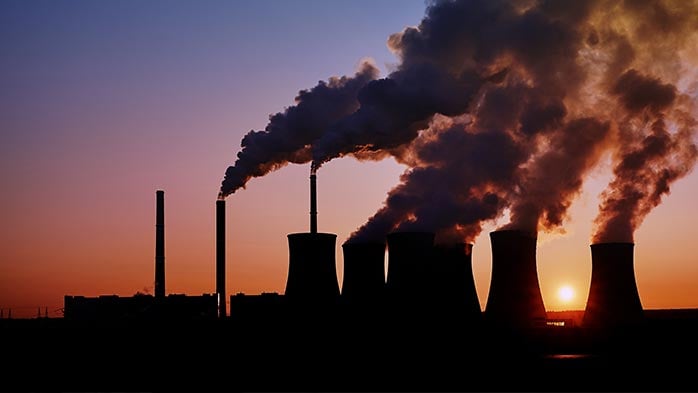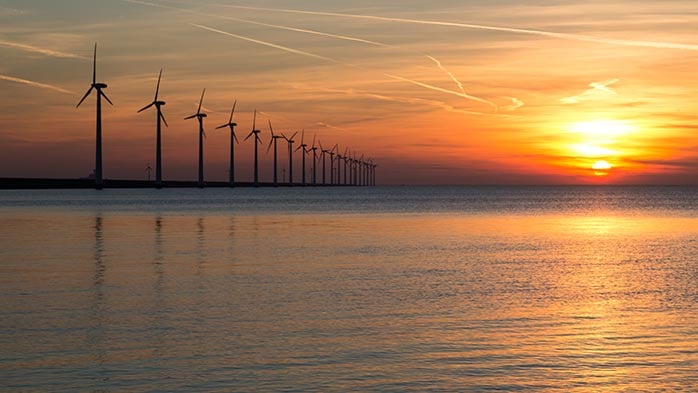Net-zero is now needed by 2035 to meet the 1.5°C temperature target
CRU’s latest analysis of commodity emissions trends confirms that, under current actions, the commodity sector remains on a +3.0°C temperature pathway well into the 2030s and achievement of net-zero emissions is not expected before 2060.
CRU-covered commodities account for just over 50% of global, non-land-use anthropogenic emissions of CO2 and ~85% of global industrial emissions. Therefore, we believe they provide a good proxy for global emissions performance. This analysis shows that the carbon budget to limit temperature rises to 1.5°C will be consumed before 2030. This is in line with conclusions from the recent UN Global Stocktake that assessed collective progress towards achieving the goals of the Paris Agreement.
In 2019 – the base year of the IPCC Sixth Assessment Report (AR6) on emissions – achieving net-zero by 2050 provided a distinct possibility of limiting temperature rises to 1.5°C, but this required immediate, rapid and ongoing year-on-year reductions in emissions. However, our analysis shows that, since then, emissions have risen, consuming more of the available carbon budget. Net-zero must now be achieved as early as 2035 if the 1.5°C temperature target is going to be retained.
Every additional year of excess emissions brings forward the requirement for net-zero.
Removals of carbon from the atmosphere – direct air capture (DAC), reforestation, bioenergy with CCS, rock weathering, etc. – would provide flexibility on achieving net-zero, but requirements for removals and costs rise with each passing year.
If net-zero emissions can be guaranteed by 2050, atmospheric CO2 removal capacity would need to be ~39 bn tCO2/y by 2050 – to keep within the 1.5°C carbon budget by that year. If removals were supplied by DAC, we estimate upfront investment costs would be of the order ~$65 tn (real 2023), assuming a 30% learning rate on current capex. costs of ~$3,000 /annual tCO2.
Should the goal of 1.5°C be postponed until 2075, with corresponding temperature overshoots in the years prior, the necessary atmospheric CO2 removal capability would be ~13 bn tCO2/y, with an upfront cost of ~$20 tn (real 2023).
Given the challenges suggested, efforts might be limited to achieving the 2°C target, which itself is difficult. However, ultimately, this may prove unacceptable if the impacts of climate change continue to mount, as is expected.
CRU provides independent, coherent analysis of new energy technologies supported by transparent assumptions. This analysis is available as part of CRU’s Sustainability and Emissions Service. If you need credible input for your business planning, contact us, and we’ll be happy to discuss our work and how it might help you.

















